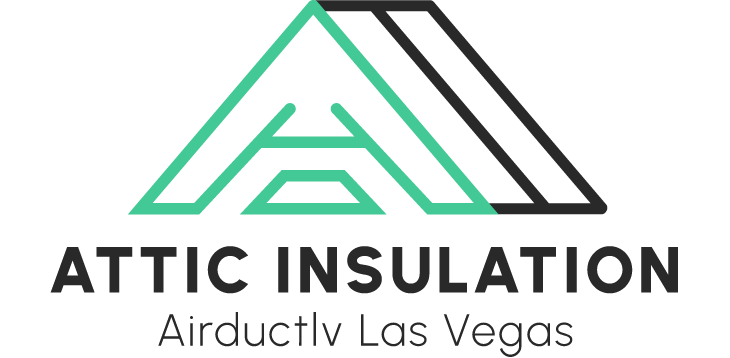Choosing the right attic insulation material can make a big difference in your home’s comfort and energy bills. This guide breaks down the pros and cons of popular insulation types, compares their performance, and highlights key factors like cost, climate, and installation options to help you make the best decision.
Keeping your attic properly insulated isn’t just about staying warm in the winter or cool in the summer—it’s about saving money and making your home more energy-efficient. But with so many insulation materials available, picking the best one can feel overwhelming. Let’s simplify things by exploring different types of attic insulation, their benefits and drawbacks, and tips to avoid common mistakes.
Fiberglass Batt Attic Insulation: Pros and Cons
Fiberglass batt insulation is one of the most common options for attics. It comes in pre-cut panels and is easy to install between attic joists. The biggest perks? It’s affordable and widely available. However, it can leave gaps if not installed carefully, reducing its effectiveness. Plus, handling fiberglass can be itchy and irritating without proper protection.
Cellulose Attic Insulation: Benefits and Drawbacks
Made from recycled paper treated with fire retardants, cellulose insulation is an eco-friendly choice. It fits snugly into attic spaces, reducing air leaks. While it’s great for the environment and offers good soundproofing, it can settle over time, lowering its insulating power. Also, it may absorb moisture, which can lead to mold if your attic isn’t well-ventilated.
Loose-Fill Fiberglass Insulation: Is It Right for Your Attic?
Loose-fill fiberglass is another popular option, especially for attics with irregular spaces or lots of obstacles. It’s blown in, filling nooks and crannies that batt insulation might miss. This helps maintain consistent coverage. However, it requires special equipment and can be tricky for DIY projects.
Spray Foam Attic Insulation: Advantages and Disadvantages
Spray foam insulation offers excellent air sealing and has one of the highest R-values per inch, making it very effective for energy savings. It expands to fill gaps and cracks, creating a moisture-resistant attic insulation barrier. On the flip side, it’s more expensive than other options and typically requires professional installation due to the need for specialized equipment.
Comparing R-Values: Which Insulation Offers the Best Performance?
R-value measures how well insulation resists heat flow—the higher the R-value, the better the insulation. Spray foam usually has the highest R-value attic insulation, followed by cellulose and fiberglass. But the best performance depends on your climate and attic conditions. For colder climates, a higher R-value is crucial, while in warmer areas, reflective properties might matter more.
Factors to Consider When Choosing Attic Insulation Material
When picking the best attic insulation material, consider these key factors:
- Cost: Fiberglass is budget-friendly, while spray foam is pricier but offers better energy savings over time.
- Climate: Insulation for hot climates might differ from insulation for cold climates. For example, reflective insulation works well in hot areas, while thicker materials are better for colder zones.
- Energy Efficiency: Look for materials that improve your home’s energy efficiency. Spray foam and cellulose are great for reducing air leaks and lowering energy bills.
DIY vs. Professional Installation
Some types of attic insulation, like fiberglass batts, are DIY-friendly if you’re comfortable with basic tools and safety gear. Loose-fill fiberglass and cellulose might require rental equipment but can still be managed by handy homeowners. However, spray foam insulation usually needs professional installation due to its complexity and safety requirements.
Common Mistakes to Avoid When Selecting Attic Insulation
- Ignoring Ventilation: Proper attic ventilation is important to prevent moisture buildup and maintain insulation effectiveness.
- Choosing the Wrong R-Value: Make sure you select the right R-value for your climate—too low, and your insulation won’t perform well; too high, and you might overspend unnecessarily.
- Overlooking Air Leaks: Insulation works best when air leaks are sealed first. Address gaps around vents, chimneys, and other openings before adding insulation.
Conclusion
Picking the right attic insulation doesn’t have to be complicated. Consider your budget, climate, and whether you want to tackle the project yourself or hire a pro. Whether you go for fiberglass, cellulose, loose-fill, or spray foam, the right insulation will keep your home comfortable and energy-efficient year-round.
If you’re looking for expert help with attic insulation in Las Vegas, check out Attic Insulation Las Vegas for professional services tailored to your home’s needs.

